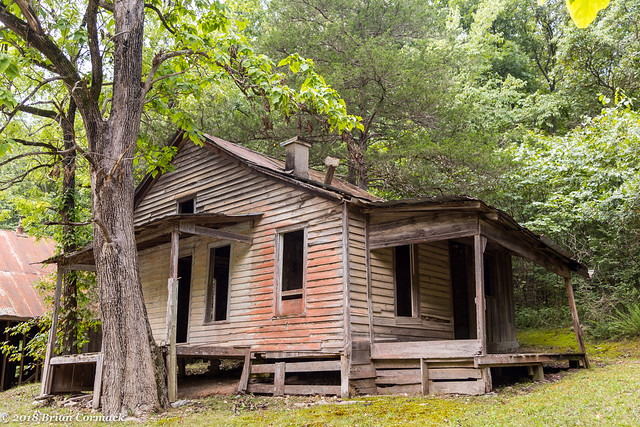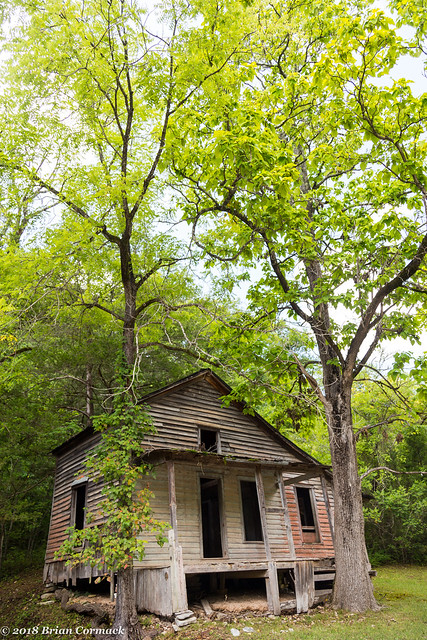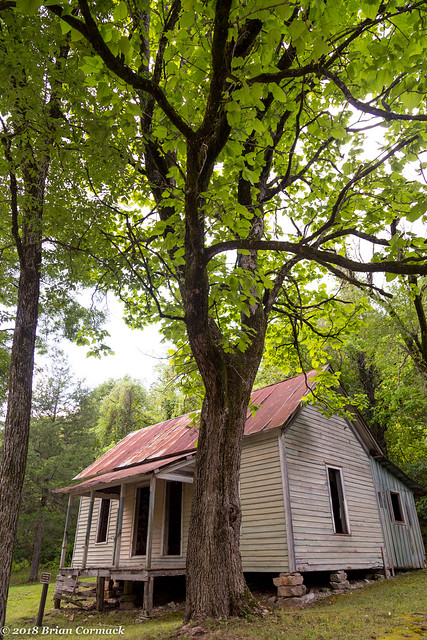
After the war ended, so did the demand for zinc. Most of the mines began to close, and the population of Rush slowly dwindled away. The post office closed in 1960, and the town was officially deserted when the land became part of the National Park Service in 1972.

All that remains are the mines (which are blocked off for safety) and a few buildings. Most of the buildings are old and fragile, and have been fenced off to keep people from going inside. Unfortunately one of the buildings has gotten some recent damage, when an apparent drunk-driver crashed into it while heading down the road.
Rush is now one of the last places to put in or out of the river, before it heads in to a designated wilderness area. It's popular spot, although the activity and population has changed dramatically in the last century.



No comments:
Post a Comment